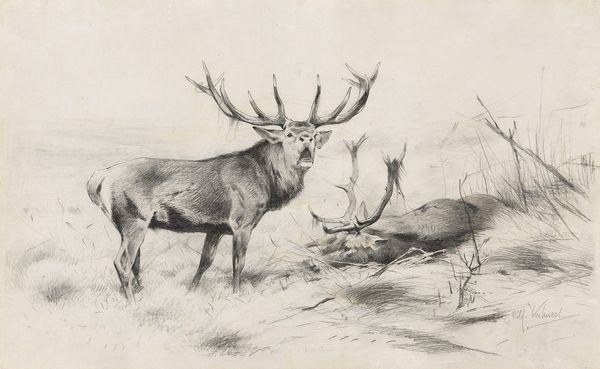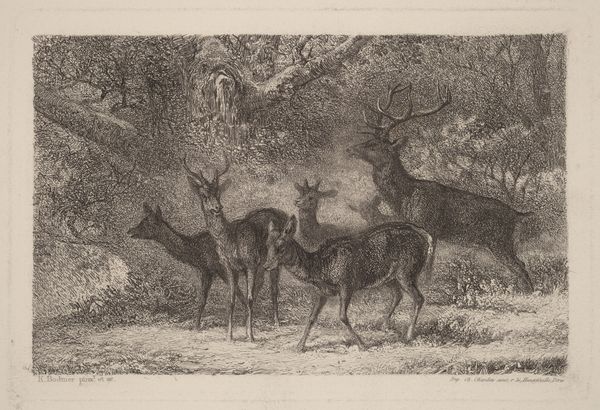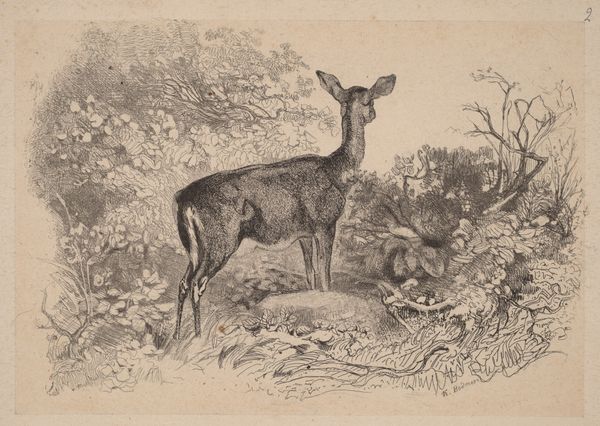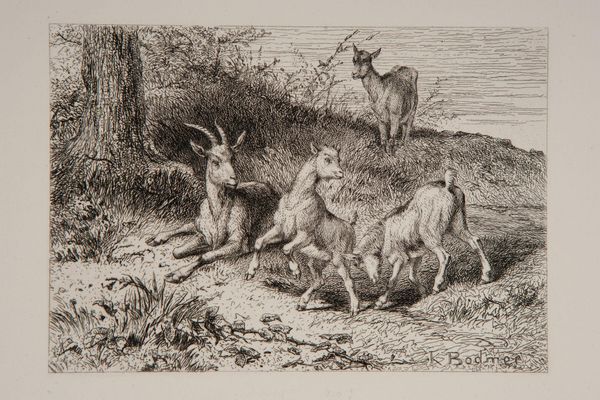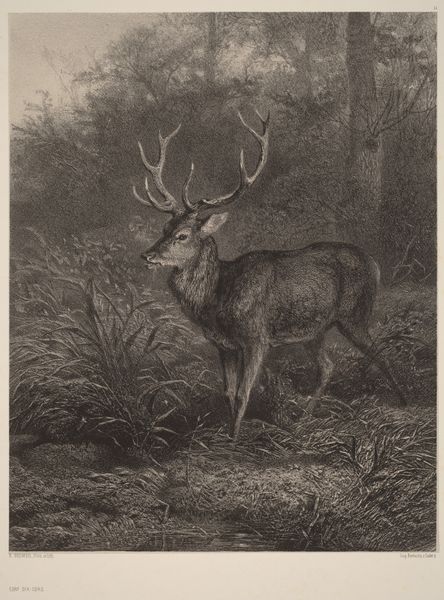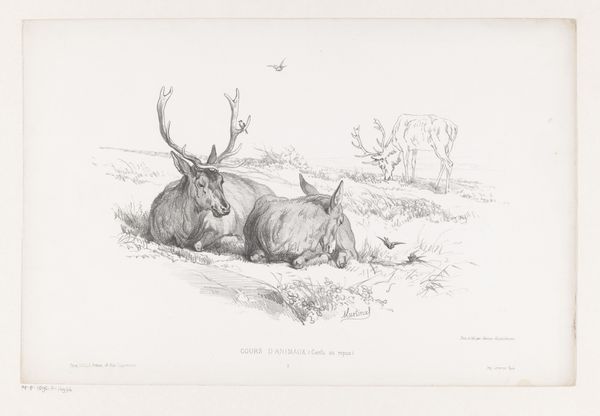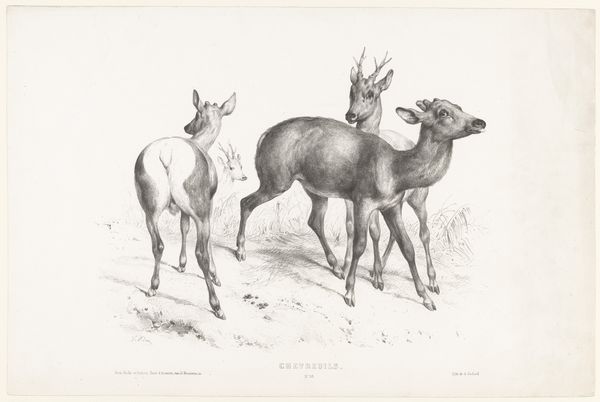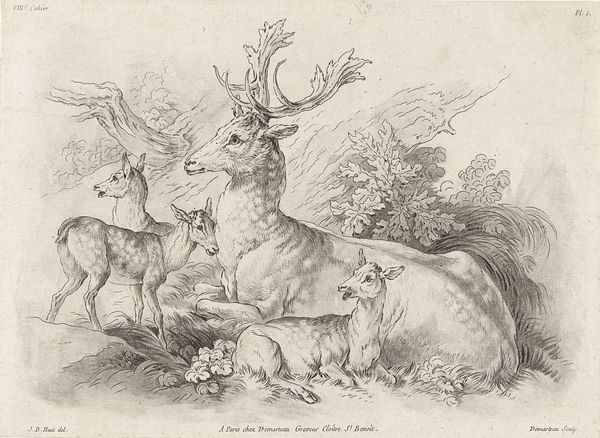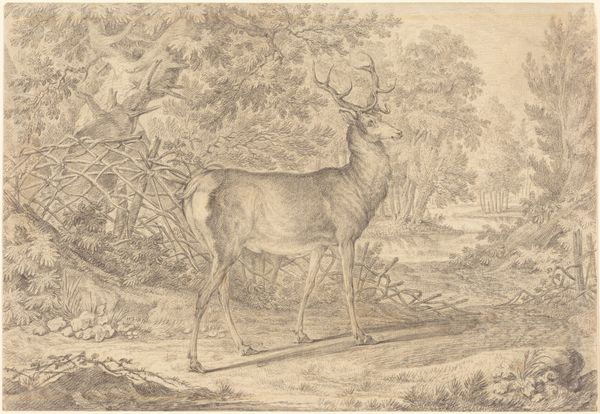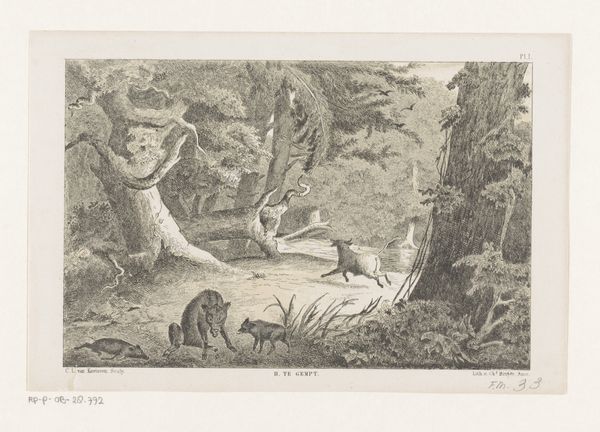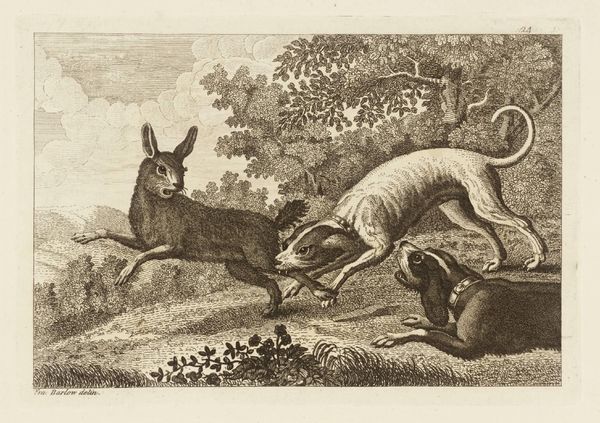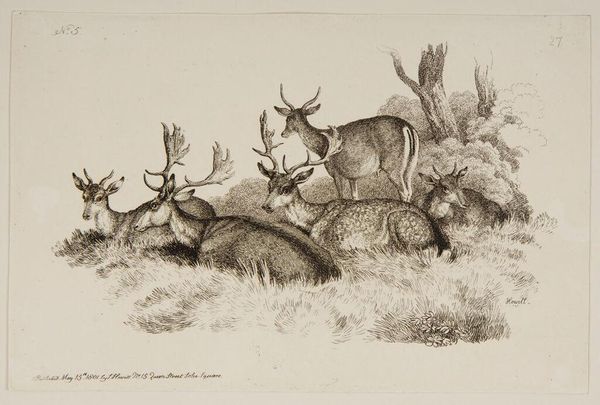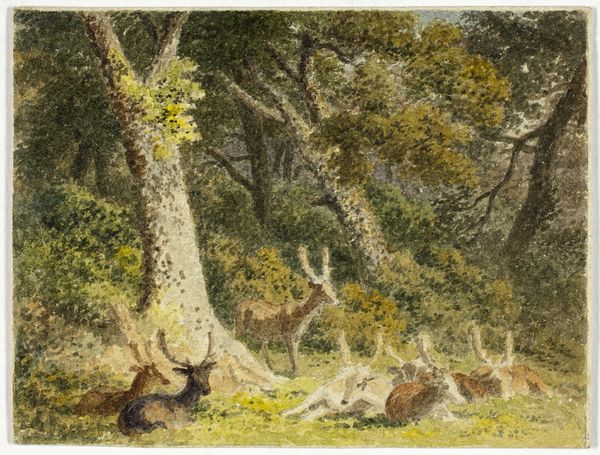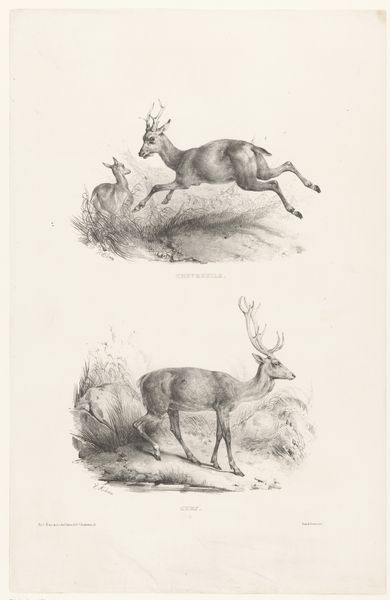
watercolor
#
portrait
#
animal
#
landscape
#
oil painting
#
watercolor
#
animal portrait
#
watercolour illustration
#
naturalism
Copyright: Public Domain: Artvee
Curator: What a vibrant watercolor! This is Archibald Thorburn's "Blyth's Tragopan," completed sometime between 1918 and 1922. Look at how meticulously he’s rendered each feather. Editor: My immediate sense is of cautious observation. The composition feels poised, as if any sudden movement would shatter the delicate balance. Curator: Yes, there's definitely a stillness to it. Thorburn was celebrated for his ornithological illustrations, prized for their scientific accuracy. The very specific plumage patterns likely held a significance for Victorian understandings of species and habitat. These weren't simply birds; they were signifiers. Editor: Precisely! These animal portraits served colonial scientific goals by mapping global resources, yet also reflected growing aesthetic trends in representing wildlife as symbols of untouched nature, ripe for romantic projection and also, sadly, appropriation. I’m curious about its role as an art object during a period defined by immense loss after WWI. Curator: It does make you wonder about the appeal of representing pristine natural scenes during a time of industrial carnage and global conflict. These images, with their carefully observed details, helped normalize new forms of control while projecting an imagined harmony. Editor: I’m drawn to the detail and contrast—the soft watercolor background against the relatively vivid colors of the Tragopan; this image, however peaceful it seems, likely circulated through a society on the cusp of ecological realization, so I am sure that this illustration existed at the nexus of scientific exploration and romantic, escapist fancy. Curator: And the presence of two birds might symbolize duality or partnership in some sense—male and female, perhaps? These small choices contribute to the enduring appeal of his images for both artistic study, personal enjoyment, or indeed, historical evaluation. Editor: Indeed. Looking at "Blyth's Tragopan" reveals how seemingly objective renderings were actually implicated in deeper socio-political currents of the time, reflecting our ever-evolving, subjective engagement with the natural world. Curator: Agreed, analyzing art is ultimately about discerning those hidden narratives that shape how we view our past and our future!
Comments
No comments
Be the first to comment and join the conversation on the ultimate creative platform.
